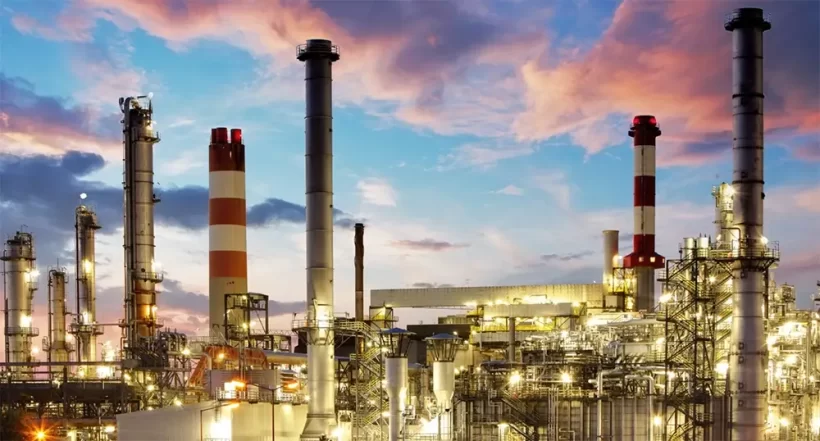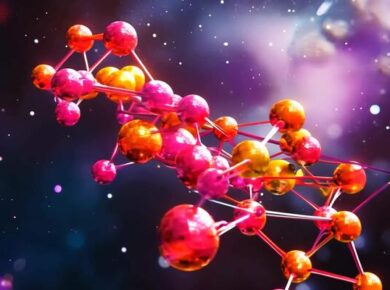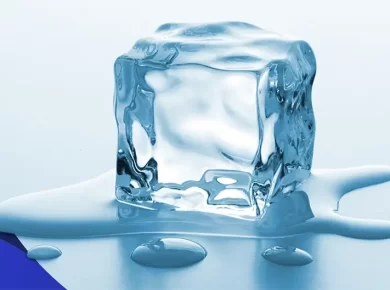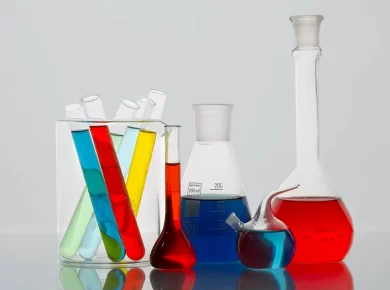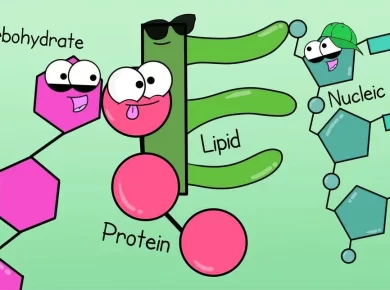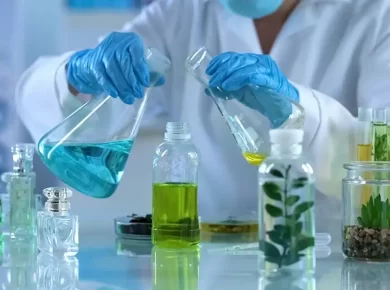Environmental Chemistry & Fractional Distillation of Crude Oil
Environmental Chemistry
| SO2 |
|
| NOx |
|
| HCs |
|
| CO2 |
|
| CO |
|
| Classical Smog |
|
| Green House Gases |
|
| CH4 |
|
Photochemical Smog
- Occurs in warm, dry & sunny climate
- Results from the action of sunlight on unsaturated HC & oxides of Nitrogen produced by factories & automobile
- Chemically oxidizing hence called oxidizing smog
- Ozone + Acrolein + Formaldehyde + Peroxyacetyl Nitrate (PAN) are produced which cause serious health problems, severe plant damage, cracking of rubber & corrosion
- Catalytic Converter – Prevent release of NO & HC to environment
Ozone Depletion
- Ozone protects us from UV rays which causes skin cancer (Melanoma)
- Depletion of ozone layer – By Ozone depleting substances (ODS) which are non-toxic, non-reactive & nonflammable
- Main ODS– CFCs, HCFCs, Halons, CCl4, NOx, CH3CCl3 (Methyl chloroform)
- Major Sources – Solvent Cleansing products >Refrigeration & Air conditioners > Foam Products
- CFCs are the most widely used ODS, accounting for over 80% of total stratospheric ozone depletion
- ODS + UV > Cl (Chlorine radicals which causes breakdown of Ozone)
Acid Rain
- Acid rain (Ph < 5.6) is caused by emissions of sulfur dioxide and nitrogen oxide, which react with the water molecules in the atmosphere to produce acids (H2SO4& HNO3)
- Rain with Ph < 5.6
- Rain with oxides of sulfur & nitrogen (SO2 & NO2)
Fractional Distillation of Crude Oil
- Crude oil is heated until it boils and then the hydrocarbon gases are entered into the bottom of the fractionating column.
- As the gases go up the column the temperature decreases.
- The hydrocarbon gases condense back into liquids and the fractions are removed from the sides of the column.
- Higher HC degrade into lower HC by high heating (cracking) in following order –
- Gaseous HCs
- Petroleum Ether
- Gasoline
- Kerosene
- Diesel / Gas Oil
- Lubricating oil / Greases
- Paraffin Wax
- Asphalt & Coke
For more updates, explore the Sci Tech. Feel free to share your thoughts and comments.
If you’re passionate about building a successful blogging website, check out this helpful guide at Coding Tag – How to Start a Successful Blog. It offers practical steps and expert tips to kickstart your blogging journey!
